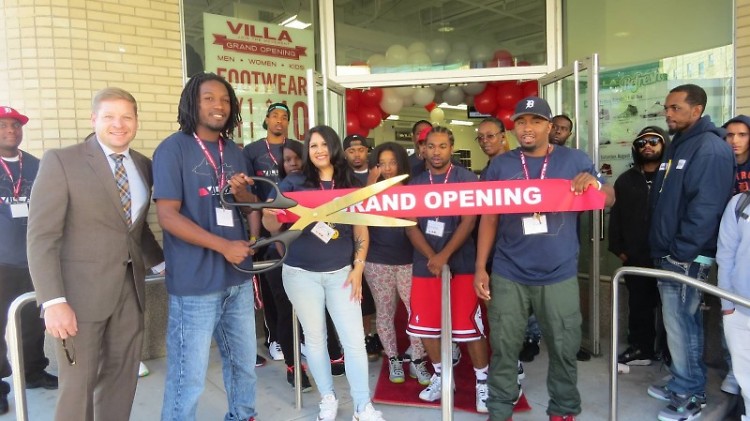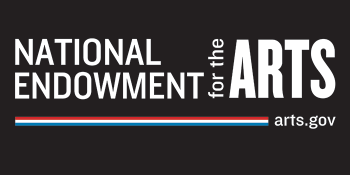Signs of renaissance abound in the City of Grand Rapids. Cranes and construction dominate the urban heart of downtown. The city is on track to recover all of its pre-recession population and now claims one of the nation’s strongest real estate markets. Forbes recently declared the regional economy one of the fastest-growing in the U.S.
Yet this rapid expansion is contrasted by a costly degree of deepening racial inequity. Poverty, for example, grew faster across greater Grand Rapids in recent years than it did in Detroit. The unemployment rate exceeds 25 and 50 percent for Hispanic and Black citizens, respectively, in our urban neighborhoods. Even in downtown Grand Rapids, generally perceived as affluent, 66 percent of residents earn less than the area median income.
Clearly, conventional economic recovery and growth is not sufficient to solve the persistent racial and ethnic inequity in our community. We need a fundamentally new approach to systemically achieve growth with prosperity that is widely shared by all residents in the “new” Grand Rapids.
Toward this necessary end, the recently released final draft of the GR Forward plan of action recommends a series of sound strategies to simultaneously promote growth, equity of opportunity and a more welcoming downtown. Click here for a PDF summary of these proposed actions, targets and success measures. These recommendations reflect what thousands of citizens and stakeholders said in their contributions to GR Forward’s extensive community engagement process.
This Thursday, November 12, the City of Grand Rapids Planning Commission will consider recommending GR Forward as an amendment to the City Master Plan. If approved, the full City Commission will consider formal approval of GR Forward on December 15, 2015. The citizen steering committees guiding the GR Forward process unanimously recommended approval of the final draft document last week.
GR Forward charts a new path of policy and programs to advance the ongoing work of championing diversity and inclusion while building equity in downtown Grand Rapids. But downtown alone cannot overcome our community’s complex legacy with race.
By design, the GR Forward process focused rigorously on improving downtown Grand Rapids and a limited reach of the Grand River corridor. Meanwhile, the trends and patterns of development in housing, transportation, education, health and business that create the conditions for people to flourish (or not) play out across a much broader geographic area.
Pursuing equity, then, requires regional thinking, solutions and collaborative action, just as any meaningful approach to grow and sustain the economy depends on a regional strategy.
The time for this region-wide conversation and agenda is overdue. The demography of metro Grand Rapids, like the State of Michigan and the nation as a whole, continues to grow more racially and ethnically diverse.
Ninety percent of the metro population was white in 1980. Since then, people of color grew from less than nine to more than 20 percent of the population. The Latino population is growing the fastest locally and is projected to approach 25 percent of the city’s total population by 2040. The trends suggest greater Grand Rapids will grow much more multicultural than it is today.
This diverse and growing multicultural population contributes significantly to the local community. But unintentional and intentional racial bias and persistent racial gaps in employment, income and other opportunities too often limit the ability of people of color to contribute equally to our city and region. Across the board, people of color earn less and have less access to advanced levels of learning than their white neighbors and friends in greater Grand Rapids. Without intentional action, these disparities will widen.
This inequity undermines our values of fairness, decency and justice. It also weakens our economy. The metro Grand Rapids economy would generate $3.3 billion more annually absent existing racial income gaps, based on research by the National Equity Atlas. The costs of racial inequity will only grow – low wages, decreased workforce skill and reduced purchasing power to cite a few indicators – as the community becomes more diverse.
An equity-driven growth model, by sharp contrast, will make downtown Grand Rapids and West Michigan stronger by expanding opportunities for everyone to participate and prosper.
Bold and committed leadership is necessary to set the region on a path of racially equitable and inclusive growth, and empower more people with the right to determine their future. The private sector must take the lead in generating truly equitable and inclusive growth. The public sector can support the movement by establishing an effective framework of civic goals, policies, investments, incentives, strategies and mutual accountability to guide the growth.
GR Forward’s recommendations to champion diversity and build equity of opportunity have drawn early support from such leading community advocates as LINC, Partners for a Racism-Free Community, the Hispanic Chamber, Grand Rapids Community Foundation, Grand Rapids Area Black Businesses (GRABB) and others.
This kind of broad-based partnership is key to link prosperity and equity in the downtown neighborhood. What’s also urgently necessary is a broader regional conversation that recognizes our growing diversity is a real strength, and focuses on building racial equity, increasing opportunity and pursuing economic justice to ensure the metro area grows into a great place to live, learn, work and play – for everyone.
The Rapidian, a program of the 501(c)3 nonprofit Community Media Center, relies on the community’s support to help cover the cost of training reporters and publishing content.
We need your help.
If each of our readers and content creators who values this community platform help support its creation and maintenance, The Rapidian can continue to educate and facilitate a conversation around issues for years to come.
Please support The Rapidian and make a contribution today.


Comments
A need has been identified and the city has responded. Time to embrace this direction which will undoubtedly make a significant historic impact on Grand Rapids.